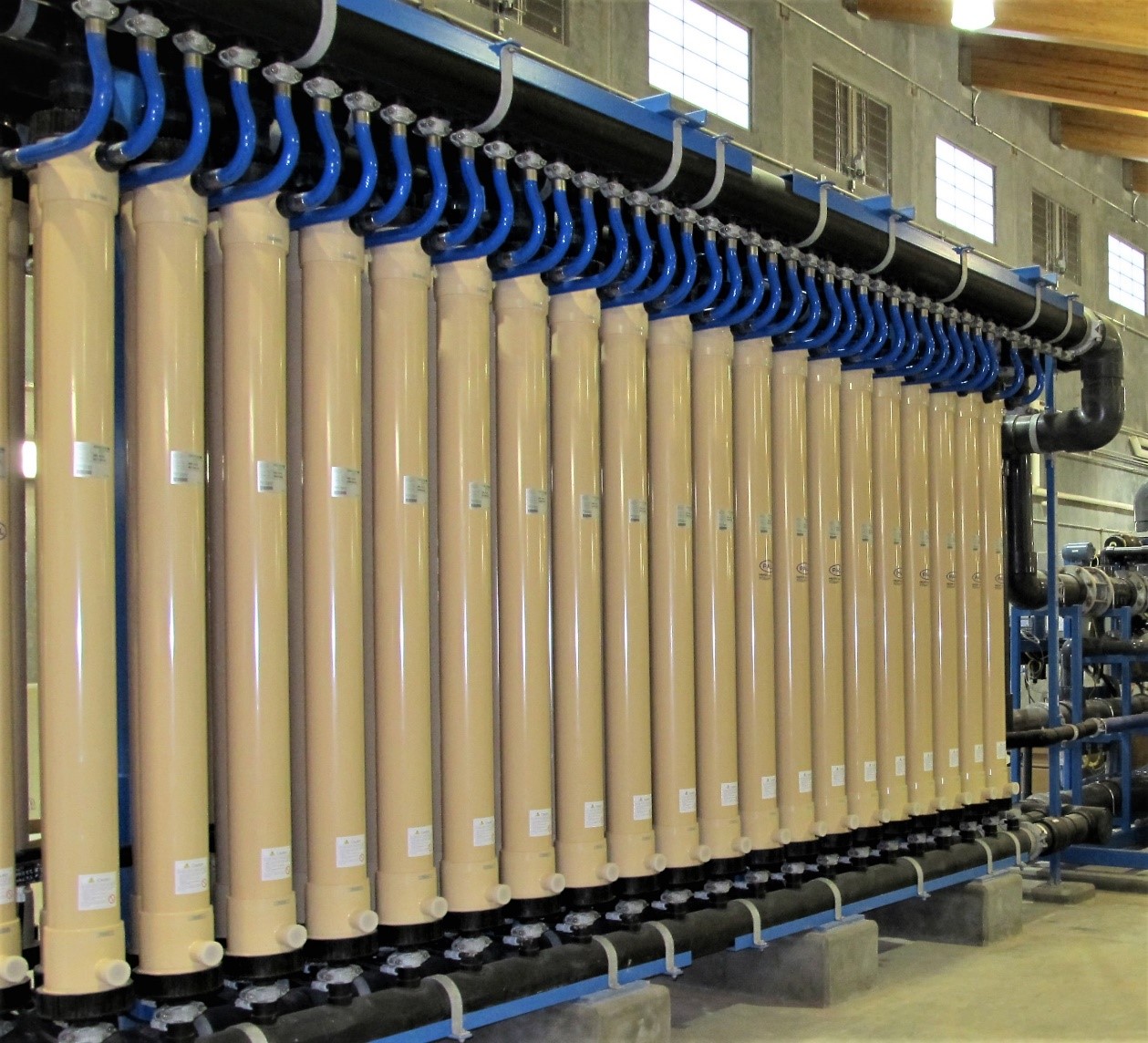Direct Potable Reuse: Drought-Resilient, Sustainable Water Source of the Future
Potable reuse is a drought-resilient water supply diversification strategy that many cities are considering for supplementing their water supply.
Although many water sources can be demonstrated to contain treated wastewater contributions, discussion of potable reuse is generally confined to the intentional contribution of wastewater return flows for expansion of water availability. Potable reuse is often distinguished between direct and indirect configurations, depending on whether the return flow is released to an intervening environmental buffer. This distinction can affect both treatment requirements and water rights/ownership. This blog post will spotlight direct potable reuse (DPR), while a future post will cover indirect reuse (IPR).
Planning/Regulatory Process
While DPR can be effective at diversifying water supply, the process from considering DPR to implementation is long and complex. Neither the U.S. Environmental Protection Agency nor most state water agencies have adopted specific requirements for DPR. However, the Texas Commission on Environmental Quality (TCEQ) has considered several specific DPR projects, including two which have produced water for public supply: the Colorado River Municipal Water District’s Raw Water Production Facility in Big Spring (2013) and the City of Wichita Falls’ Emergency DPR Facility (2014). Additionally, the City of El Paso has conducted extensive pilot testing and is currently coordinating with TCEQ to design a new DPR facility to supplement their water supply. These efforts led to development of working guidelines which provide a planning basis for potable reuse projects. As DPR is an emerging water source with few regulations guiding the design, it is important to maintain an ongoing dialogue with TCEQ as data is collected, concepts are refined, and assumptions are tested.
DPR Treatment Technologies
DPR involves treating effluent from a water resource recovery facility (WRRF) with advanced treatment processes prior to introducing the water into the distribution system or blending with raw water entering a water treatment plant. Pathogens, dissolved solids, suspended solids, metals, nutrients and trace organics are all water quality constituents of concern that should be taken into consideration when developing a treatment strategy. Treating WRRF effluent to drinking water standards involves using advanced treatment processes, but what does that entail?
First, the focus of operating WRRFs to meet discharge requirements must be upgraded to a focus on providing a high-quality source water to the DPR facility. This can greatly reduce costs associated with more advanced DPR treatment technologies. Next, the effluent quality is evaluated in order to identify target constituents that must be treated to meet drinking water standards. Once the target constituents are identified, advanced treatment processes can be selected based on which processes would be most effective and feasible at treating the target constituents. These advanced treatment processes typically include some combination of the following:
- Microfiltration (MF) or Ultrafiltration (UF)
- Nanofiltration (NF) or Reverse Osmosis (RO)
- Biologically Active Filtration (BAF)
- Membrane Bioreactors (MBRs)
- Advanced Oxidation Processes (AOP)
- UV Disinfection and/or Photolysis
- Ozonation
- Granular Activated Carbon (GAC)
These technologies have all been proven in various treatment applications, but the combination selected for a DPR facility will depend on the target constituents and other site-specific factors. Once the proposed treatment train is identified, a pilot study is carried out to confirm that the necessary level of treatment is achieved, typically over a period up to one year. Data collected during the pilot study can serve as a proof of concept to regulators and as a basis of final design, which can begin once the study is complete.
How Freese and Nichols Can Help
While DPR can be effective at diversifying water supply, the process from evaluating DPR to implementation should be expected to take several years. This time takes into consideration the extensive regulatory process, public outreach, water quality testing, bench/pilot scale testing, design, and construction. Freese and Nichols has experience assisting clients that have pursued DPR projects (including planning, permitting, design and startup of the CRMWD Raw Water Production Facility in Big Spring) and is familiar with navigating the regulatory requirements, providing high-quality design, and assisting with public outreach.
If you are considering implementing DPR to help diversify your water supply and increase drought resiliency, the time to start planning is now.



